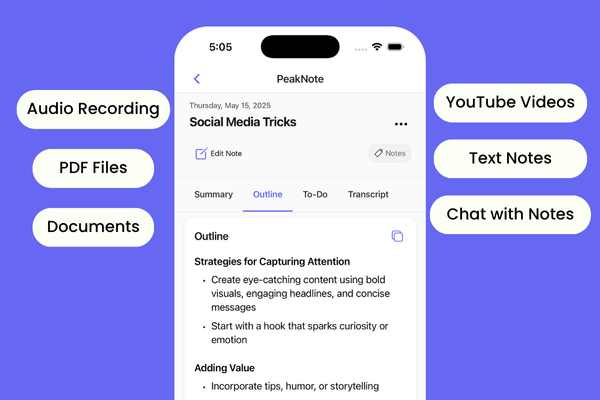What Exactly is an AI Agent?
An agent isn't just a fancy chatbot or AI Wrappers. It's a system that can perceive its environment, make decisions, and take actions to achieve specific goals.
Think of it like a digital worker, not just a conversational partner. The "AI" part, that's where the LLM comes in. It provides the smarts, the ability to understand language, reason, and plan.
The Core Components of an AI Agent
- Perception: This is how the agent gathers information. It could be through text inputs, a database, external APIs, or even real-time sensor data. The key here is that the agent needs data to start working.
- Reasoning and Planning: Once it has data, the agent uses the LLM to process the information. It might need to break down a task, strategize a sequence of steps, or make choices based on available data. It's the "thinking" part.
- Action: After it has a plan, the agent takes action. This might mean writing a text, generating code, sending an email, interacting with a database, or using another tool. These actions are how the agent impacts the outside world.
- Memory: A well-designed agent remembers past actions and events to make better future decisions. This could involve storing data, learning from successes and failures, or adapting its approach.
The Power of the LLM: The Agent's Brain
Large Language Models are crucial. They provide the core intelligence that allows agents to understand language, generate text, perform logical inferences, and essentially "think".
They're the engines that power the planning and reasoning stages. Choosing the correct model is critical to success. Not all are equal in capability or limitations, so it is crucial to test.
Building Basic Agents: A Step-by-Step Approach
- Define the Goal: What do you want your agent to achieve? Be precise. It could be anything, but define it clearly first, making sure you can measure the succes or failure of the goal.
- Environment Mapping: What will the agent interact with? Identify the sources of information it needs and what actions it can take. List all of these and write them down.
- LLM Selection: Choose an LLM appropriate for your task. Consider its size, specializations, and cost of use. Some are designed for coding, others for creative text, select accordingly.
- Tool Integration: Which external functions does the agent need to utilize? Can it access a calculator, an API, or a particular data source? List and plan how these can be included in the agent creation.
- Prompt Engineering: Craft effective prompts that tell the LLM exactly what to do. Use clear, specific instructions. Test, iterate and refine your prompts frequently. This is key.
- Iterative Development: Begin with a simple version, test, and incrementally add functionality. You won't build the perfect agent at once. You need to go through this stage multiple times.
Common Challenges to Keep in Mind
- Hallucination: LLMs can occasionally generate incorrect or fabricated outputs. You must implement verification steps to make sure the information provided by the agent is accurate and reliable.
- Ethical Considerations: Consider the potential societal effects of your agents and use them responsibly. Avoid biases and be mindful of the implications of automation.
- Cost and Efficiency: LLMs can be computationally intensive. Optimize your designs for efficiency. Consider the cost of API calls and compute resources, and make sure your project is within budget.
The Future of AI Agents: A World of Possibilities
As technology evolves, agents are becoming more sophisticated and capable. They will soon become a crucial part of all the different technological ecosystems and everyday workflows.
Understanding their basic principles is essential to harness the potential of this powerful tool and understand the implications.
Remember, you're not just building software, you're creating tools that can augment human capabilities in many different fields.

